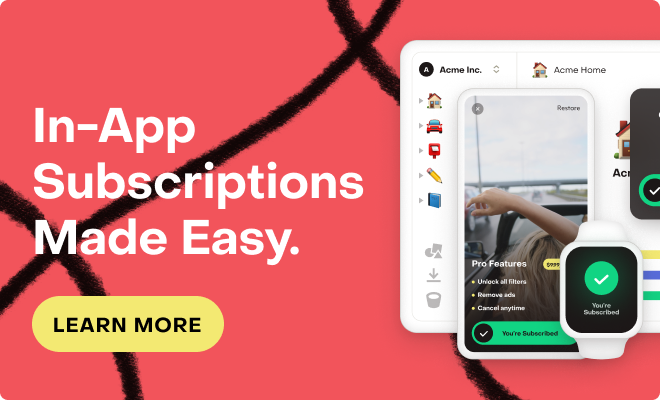For what I could understand from reading the docs, RevenueCat has two different methods by which we can identify the user.
- One method is by calling Purchases.login().
- The other method is by calling Purchases.setup().
What are the differences between these two methods of identifying the user?
At first I thought I should call Purchases.setup() in my app initialization, and the login() method should be user right after I authenticate my user in my application, but it looks like I misundersdood it, because I am having some weird errors of unexpected transfers between anonymous and authenticated UIDs.
The correct way then is to use both of these two methods but only after I know which UID to apply to the user? And the setup() method should be called only once, and after it has been called then I should only call the login method?




